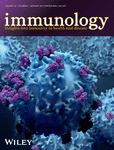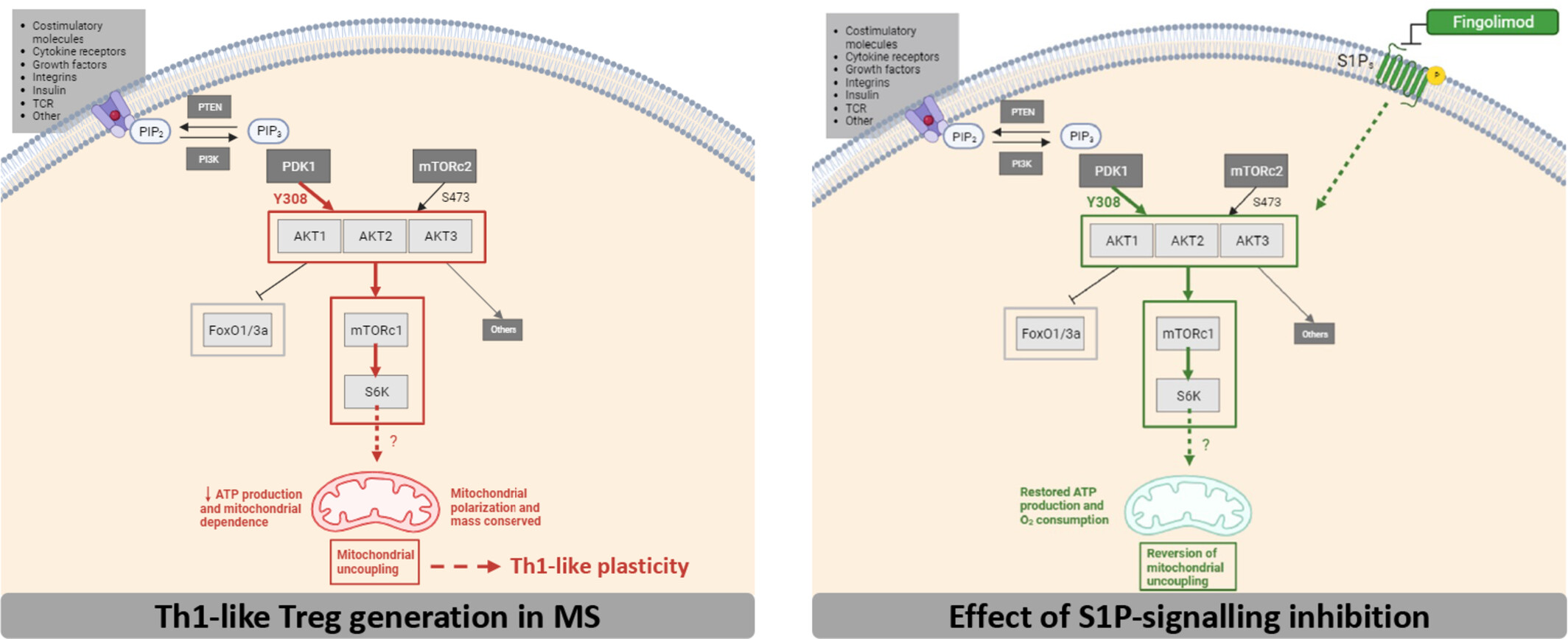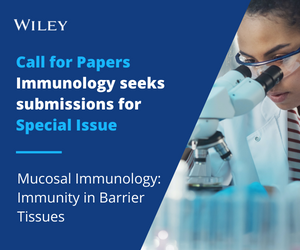Journal list menu
Export Citations
Download PDFs
ISSUE INFORMATION
REVIEW
How maternal factors shape the immune system of breastfed infants to alleviate food allergy: A systematic and updated review
- Pages: 1-16
- First Published: 30 September 2024

During pregnancy and lactation, maternal health state, dietary intake, food allergens intake factors and compounds in breast milk affect FA outcomes in breastfed infants via promoting the gut microbiota colonization and immune system regulation. HMOs, human milk oligosaccharides; Ig, immunoglobulins.
Helios—Illuminating the way for lymphocyte self-control
- Pages: 17-29
- First Published: 01 October 2024
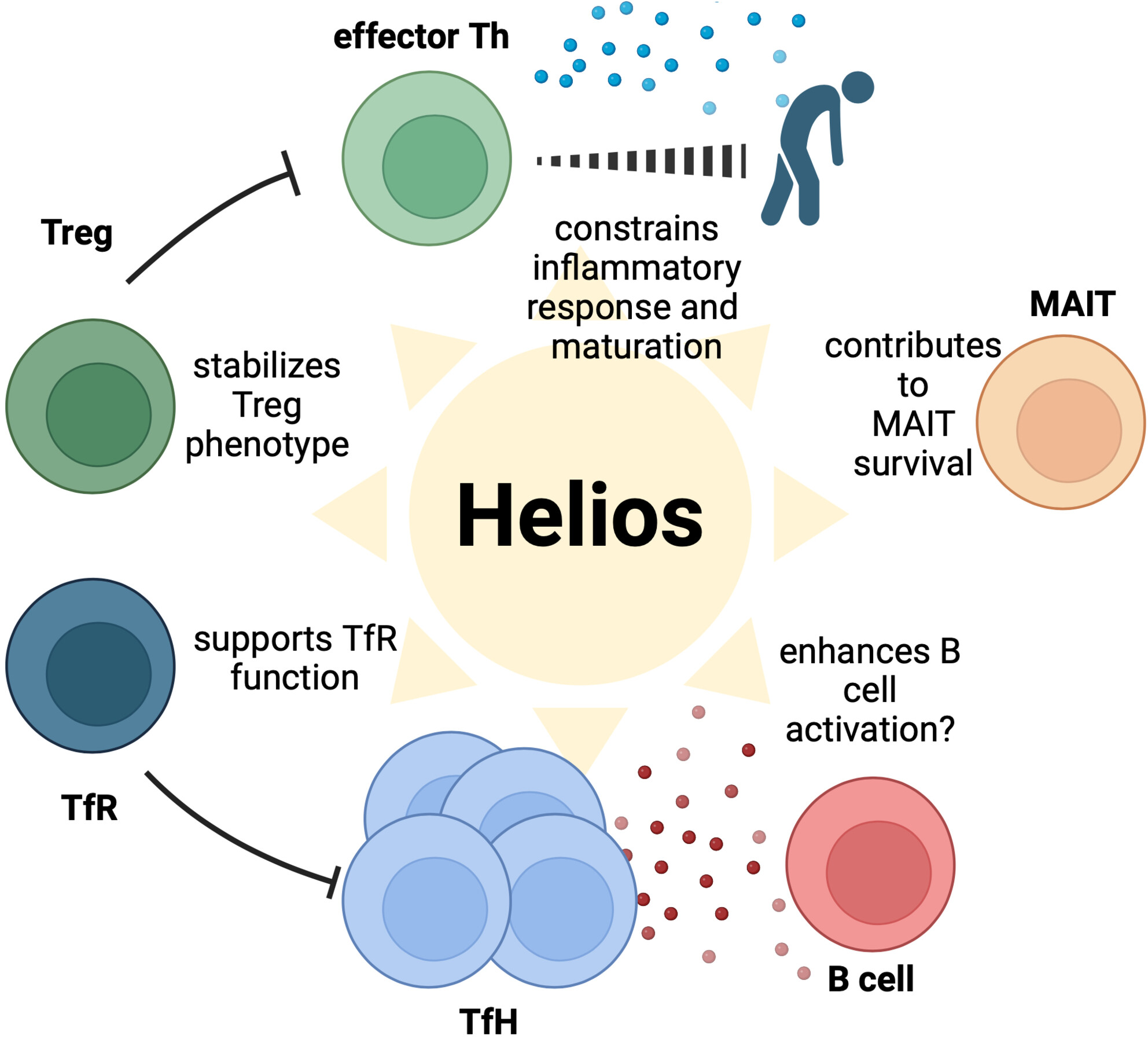
Helios, a transcription factor encoded by IKZF2 of the Ikaros transcription factor family, has an important role in regulating adaptive immune response, not only in regulatory T cells but also in effector T cells. Insights from patients with IKZF2 mutations and translational research in healthy individuals underscore how loss of Helios disrupts immune balance, contributing to pro-inflammatory T cell phenotypes, dysregulated germinal centre reaction, and premature immune senescence. As drugs targeting Helios enter clinical trials, this review synthesizes evidence from both human and murine studies to highlight its impact on sustaining lymphocyte self-control.
Metabolic Reprogramming in Cancer: Implications for Immunosuppressive Microenvironment
- Pages: 30-72
- First Published: 27 October 2024
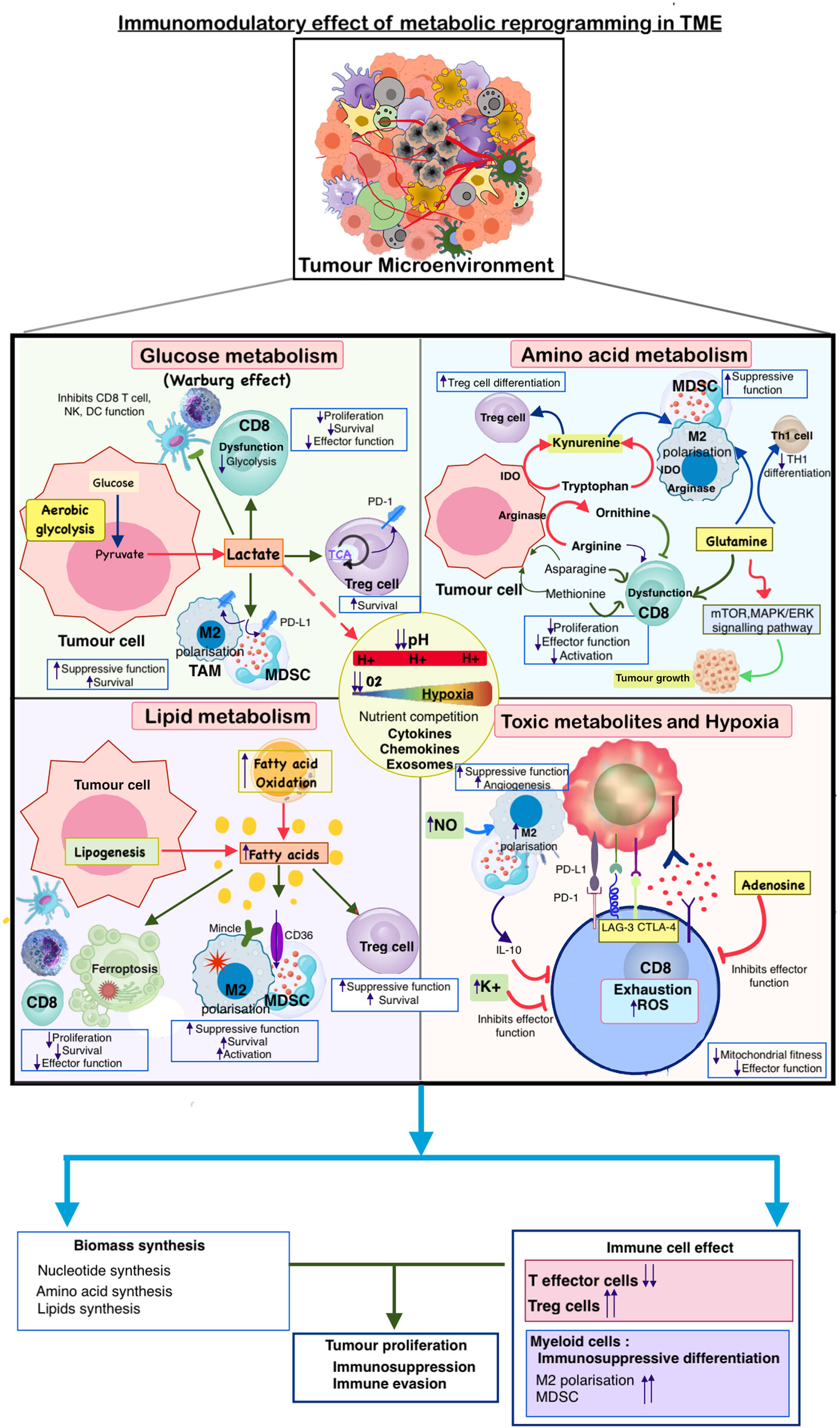
The graphical abstract highlights how metabolic reprogramming in the tumour microenvironment (TME) suppresses immune responses. Cancer cells enhance glycolysis, depleting key nutrients like glucose and amino acids, which impairs T cell, NK cell and effector immune functions. Concurrently, suppressive metabolites, such as lactate, kynurenine, adenosine and fatty acids, promote immune tolerance, while hypoxia and continuous stimulation exhaust CD8+ T cells, leading to unchecked tumour growth. The result is a TME enriched with immunosuppressive cells (MDSCs, TAMs and Tregs) and fewer effective immune responses, creating a hostile environment for immune-mediated tumour control.
ORIGINAL ARTICLE
Inherent metabolic preferences differentially regulate the sensitivity of Th1 and Th2 cells to ribosome-inhibiting antibiotics
- Pages: 73-91
- First Published: 12 September 2024
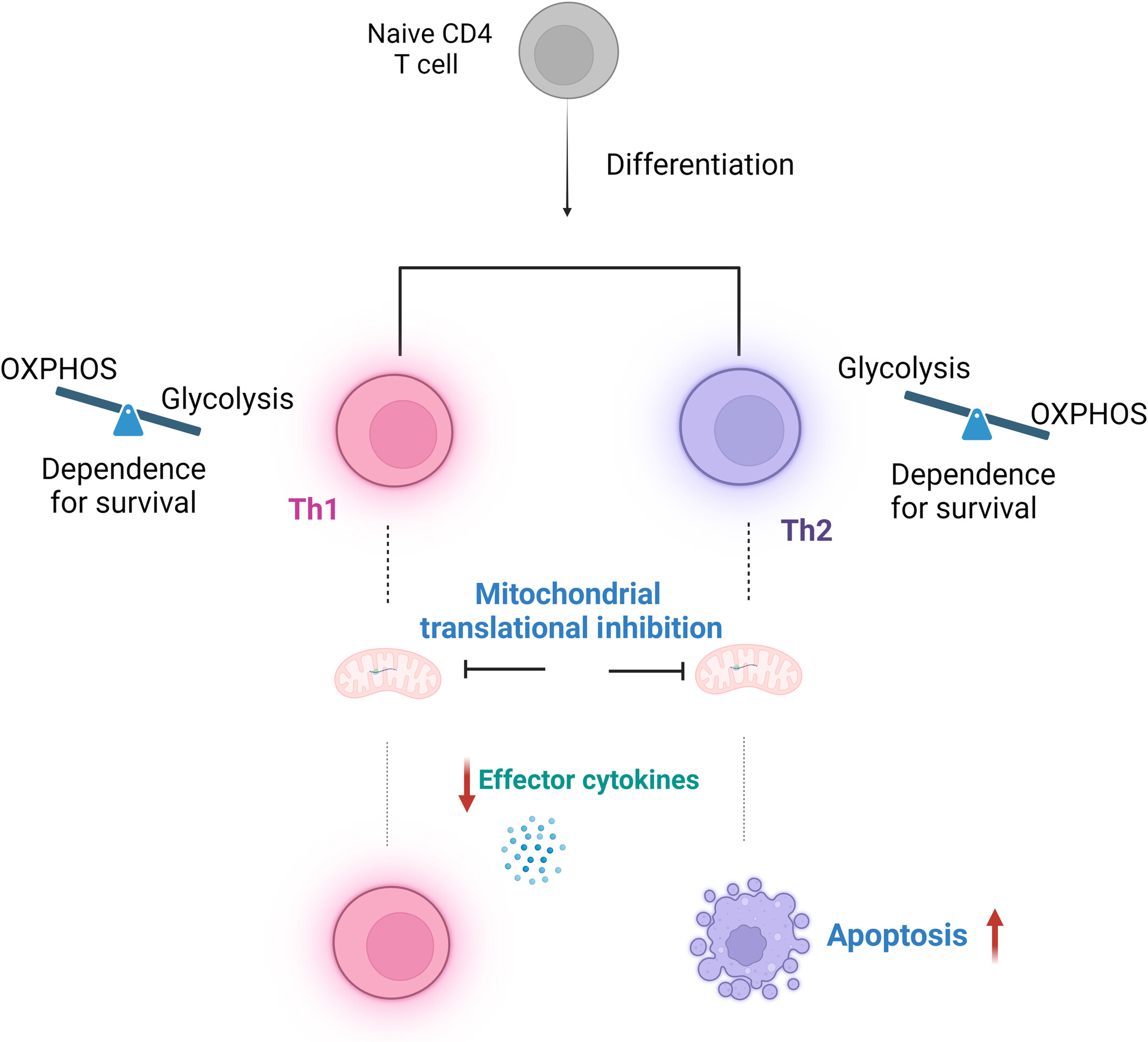
Inhibition of mitochondrial translation by ribosome-targeting antibiotic, chloramphenicol reduces the effector function of Th1 and Th2 subsets. Th2 cells shows higher dependency on OXPHOS for survival and readily undergo apoptosis upon mitochondrial translation inhibition. These differences in the sensitivity of Th1 and Th2 cells are correlated with the intrinsic metabolic demands of these subtypes. Graphical abstract created with ‘BioRender.com’.
Expression of RAG and secondary gene rearrangement of BCR in mature peripheral B lymphocytes in Takayasu arteritis
- Pages: 92-99
- First Published: 21 September 2024
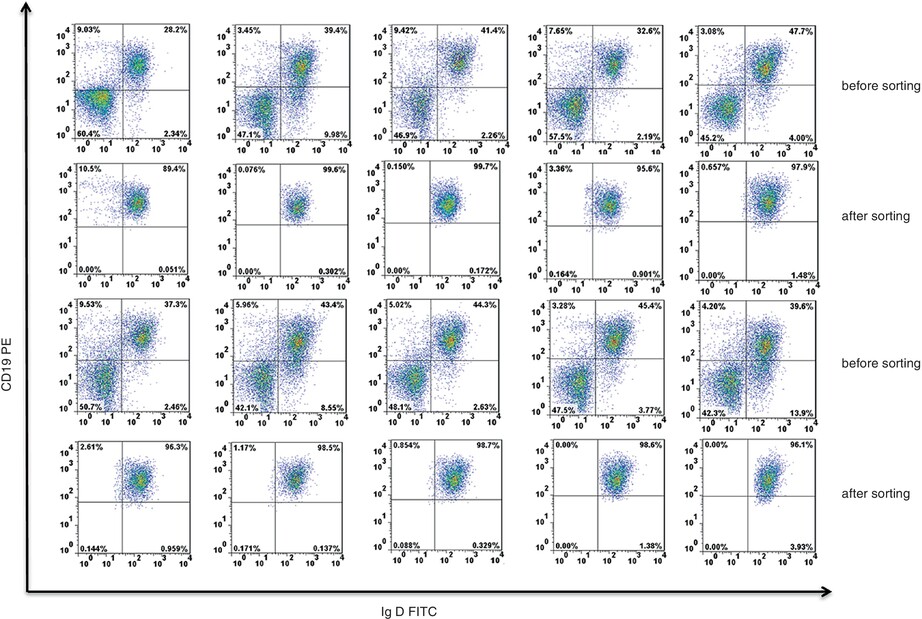
High expression of the recombinant activating gene coexists with B cell receptor secondary gene rearrangement in mature peripheral B lymphocytes in patients with Takayasu arteritis (TA), providing important clues for exploring the potential humoral response in TA, which may be a potential diagnostic indicator and therapeutic target of TA. However, further studies with larger samples are needed.
Downregulation of type I interferon signalling pathway by urate in primary human PBMCs
- Pages: 100-112
- First Published: 01 October 2024
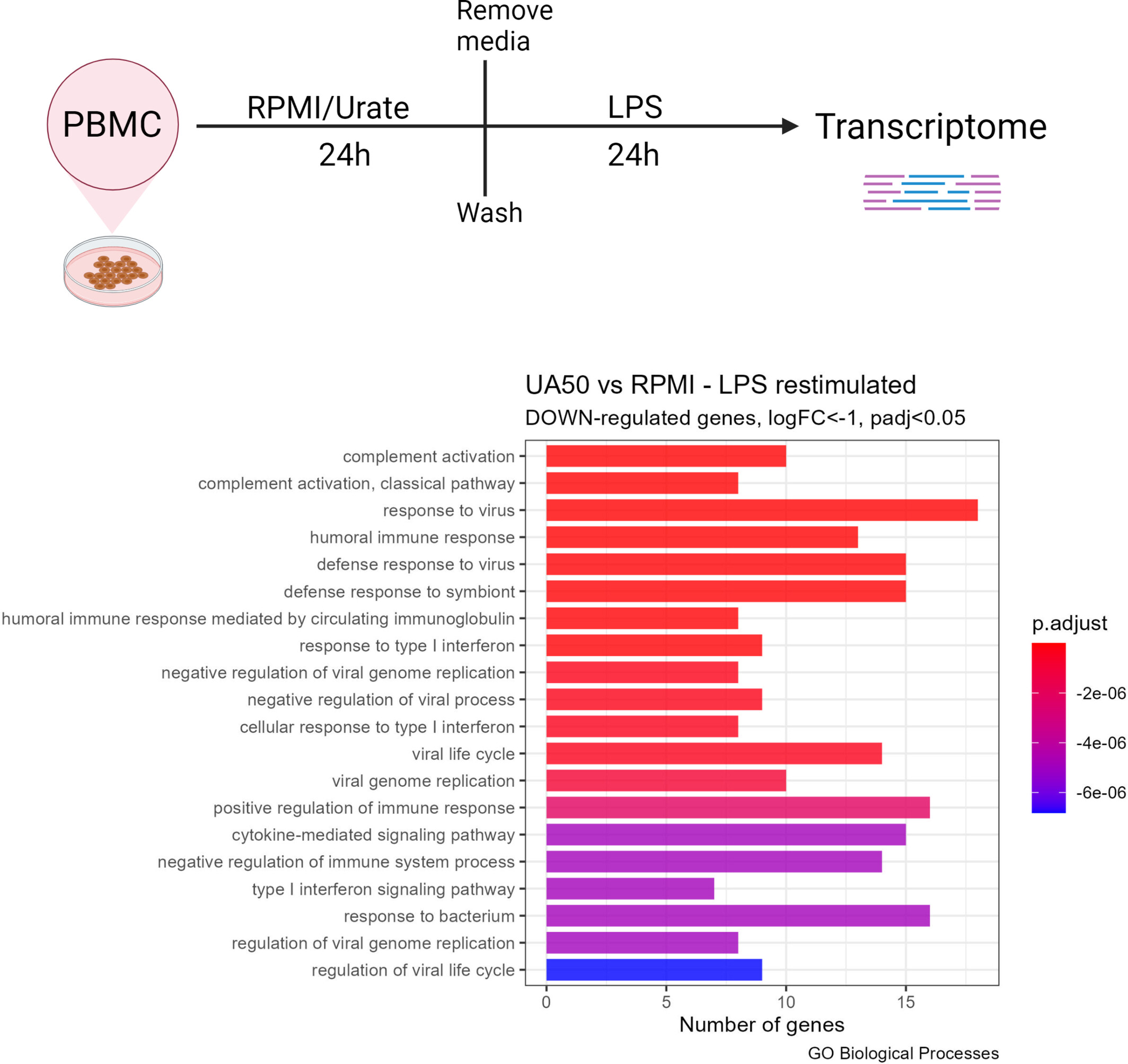
Increased urate concentrations suppress type 1 interferon (IFN1) related signalling pathways in human peripheral blood mononuclear cells (PBMCs) and monocytes in vitro, indicated by transcriptome analysis and reduced STAT1 phosphorylation. Additionally, serum urate concentrations in gout patients show an inverse relationship with interferon-stimulated gene (ISG) expression in response to toll-like receptor (TLR) ligands. In the presence of elevated serum urate concentrations, a deficient IFN1 signalling could increase the risk of infections.
New Engineered-Chimeric Botulinum Neurotoxin Mutant Acts as an Effective Bivalent Vaccine Against Botulinum Neurotoxin Serotype A and E
- Pages: 113-127
- First Published: 01 October 2024
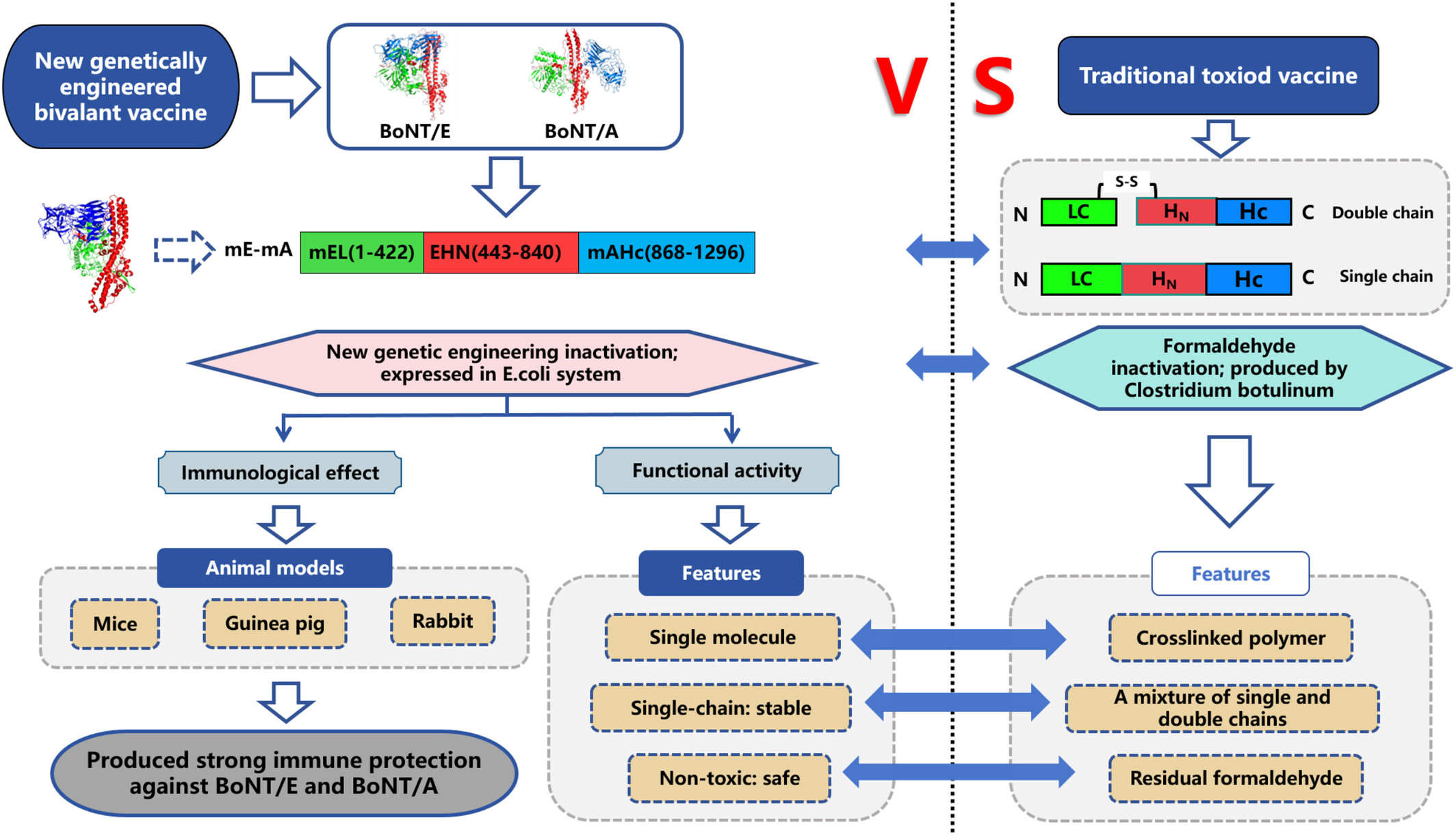
The engineered chimeric molecules incorporating L-HN and Hc domains of BoNT/A and E mirror BoNT structure but devoid of enzyme activity. The engineered chimeric mE-mA (mL-HN-mAHc) mutant exhibits strong protective efficacy against BoNT/A and E in mice, guinea pigs and rabbits. The bivalent vaccine mE-mA is more stable and safer vaccine compared with formaldehyde-inactivated toxoid.
The Immune Regulatory Functions in B Cells Are Restored by CpG to Reduce Experimental Food Allergy
- Pages: 128-138
- First Published: 09 October 2024
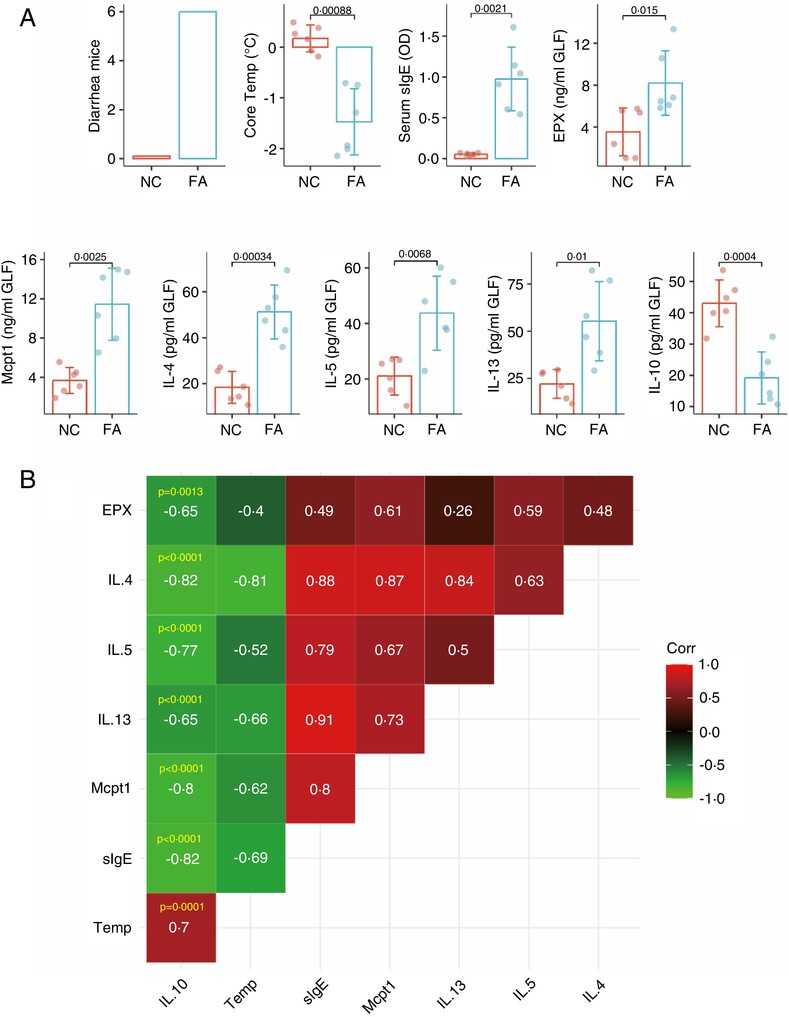
The expression of Il10 in B cells of the FA mouse intestine was impaired. Administration of CpG could restore the expression of Il10 in B cells in the intestine and promote immunotherapy for FA. This paper makes a significant contribution to the existing body of knowledge in the pathogenesis of disorders with the dysfunction of immune regulatory ability of B cell.
RGS10 Deficiency Alleviated Intestinal Mucosal Inflammation Through Suppression of Th1/Th17 Cell Immune Responses in Ulcerative Colitis
- Pages: 139-152
- First Published: 20 October 2024
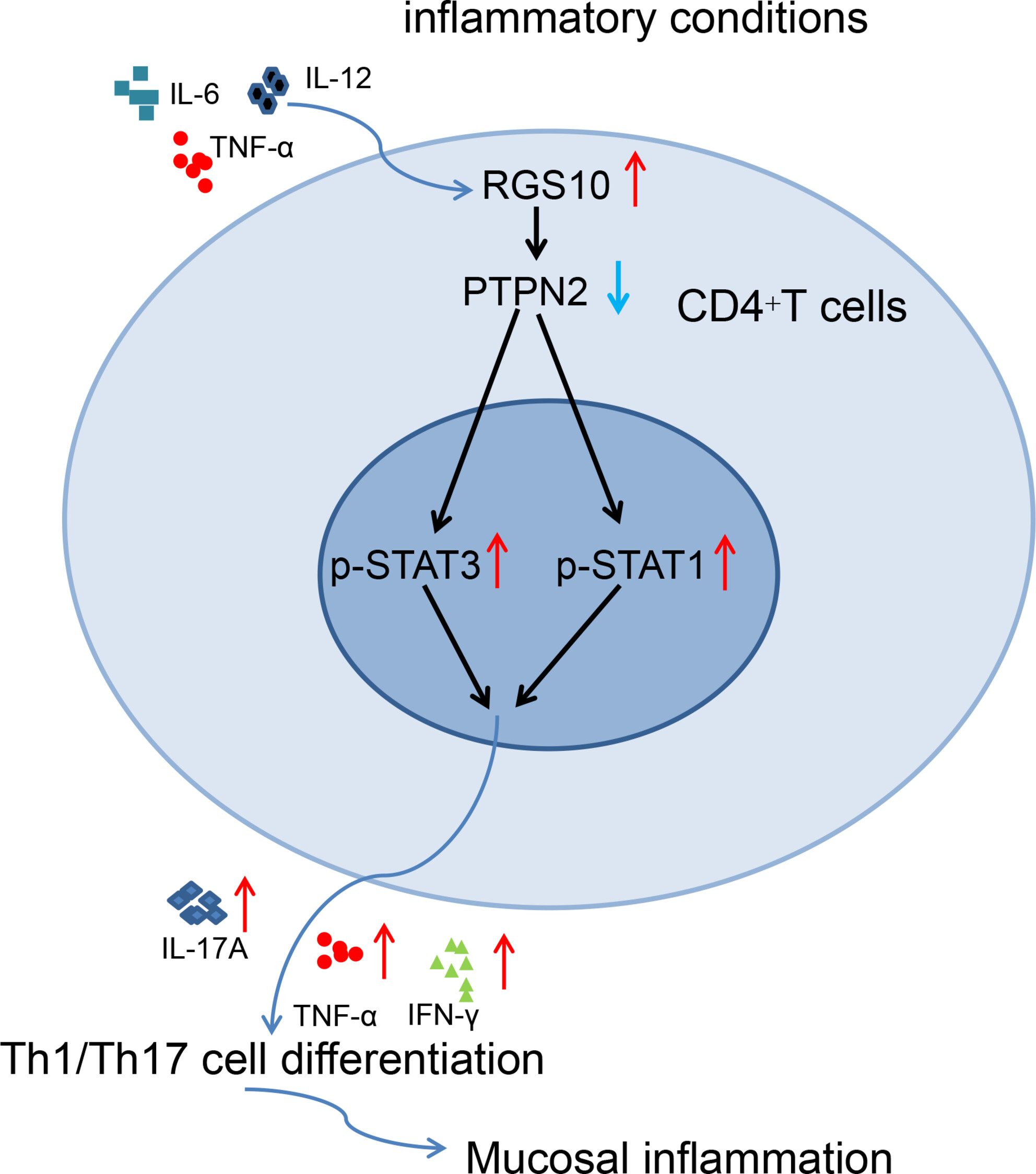
RGS10 expression was significantly elevated in inflamed mucosa and CD4+ T cells of UC patients, compared with healthy subjects. Intriguingly, RGS10 deficiency markedly alleviated DSS-induced colitis and decreased the proportion of Th1 and Th17 cells. Mechanistically, RGS10 deficiency inhibits Th1/Th17 cell-mediated immune responses via interaction with PTPN2 in CD4+ T cells from UC patients. Therefore, targeting RGS10 may represent a novel therapeutic approach for UC treatment.
Sphingosine-1-Phosphate Signalling Inhibition Suppresses Th1-Like Treg Generation by Reversing Mitochondrial Uncoupling
- Pages: 153-166
- First Published: 24 October 2024
SNX17 Regulates Antigen Internalisation and Phagosomal Maturation by Dendritic Cells
- Pages: 167-185
- First Published: 19 November 2024
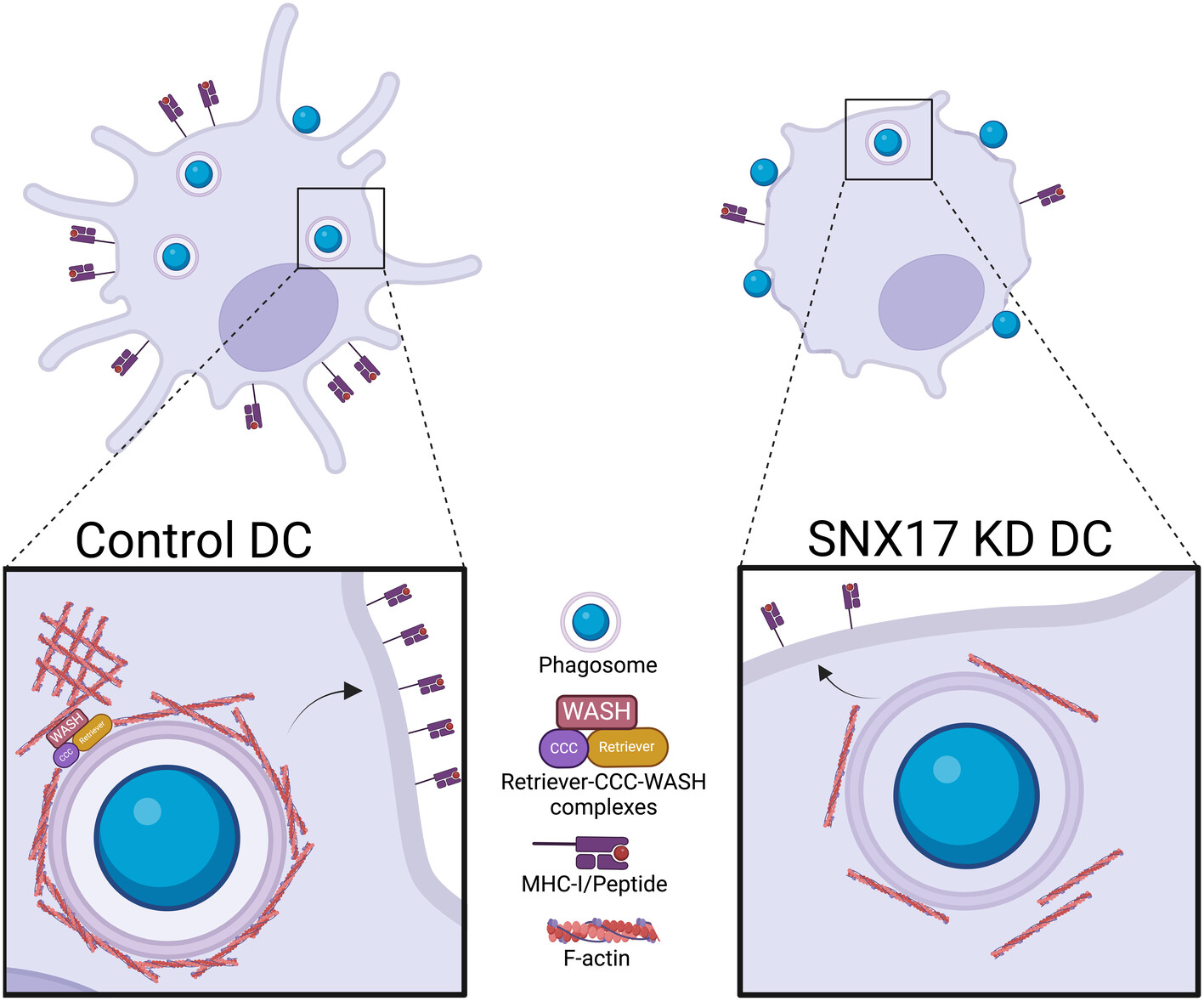
This study highlights the role of the protein sorting nexin (SNX) 17 as a key regulator of dendritic cells' endocytic system. We show that SNX17 controls the recycling of the integrin CD11b in dendritic cells allowing dendrite formation and efficient phagocytosis. We also found that SNX17 regulates the assembly of the Retriever/CCC/WASH complexes in dendritic cell phagosomes, which impacts F-actin dynamics, antigen uptake, and phagosomal maturation. These critical alterations in SNX17 KD dendritic cells prevent optimal MHC-I cross-presentation and CD8+ T cell activation. Image created in BioRender.com
LETTER TO THE EDITOR
Coexistence of IL12Rβ1 and BTK Mutations in a Family
- Pages: 186-188
- First Published: 30 October 2024




